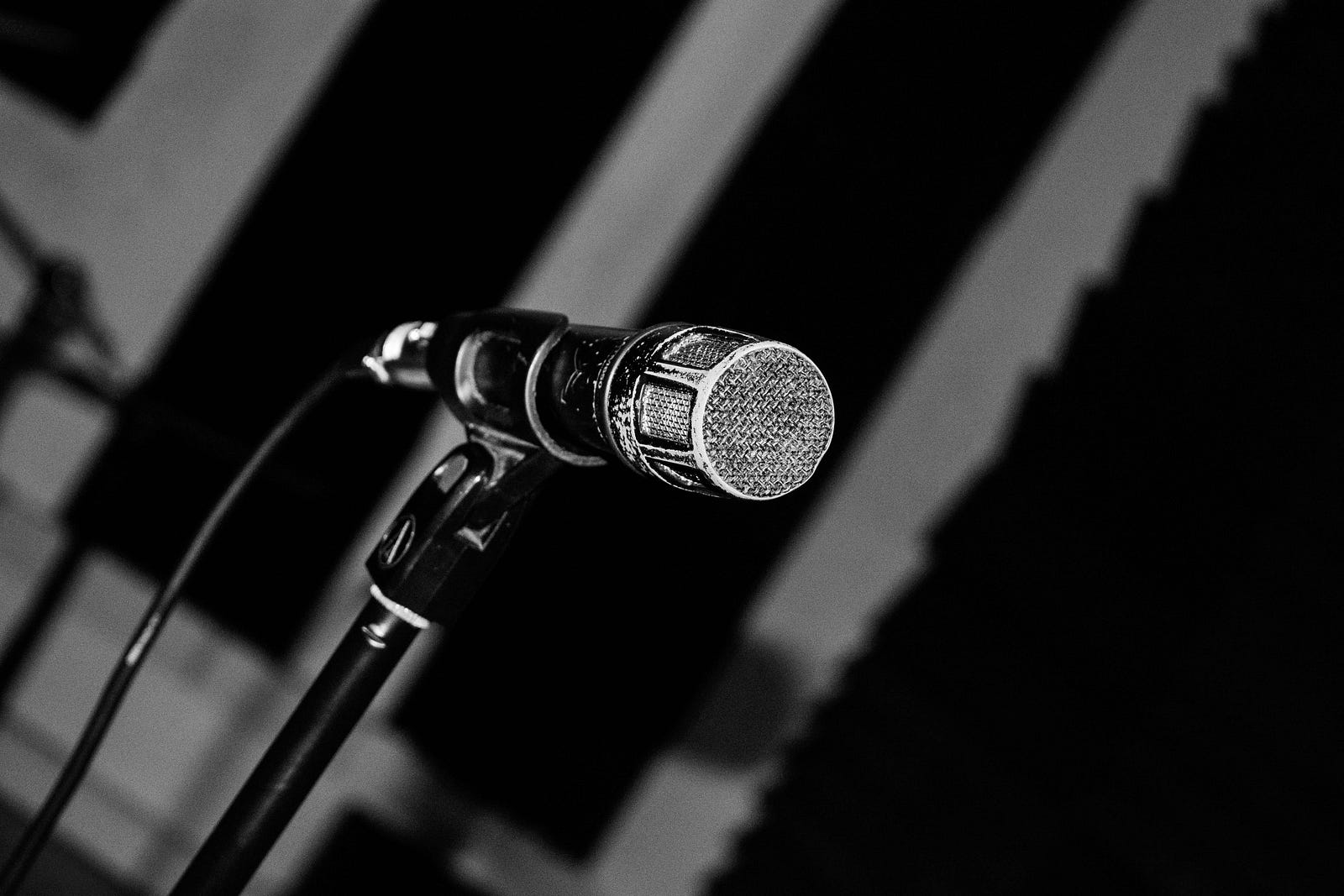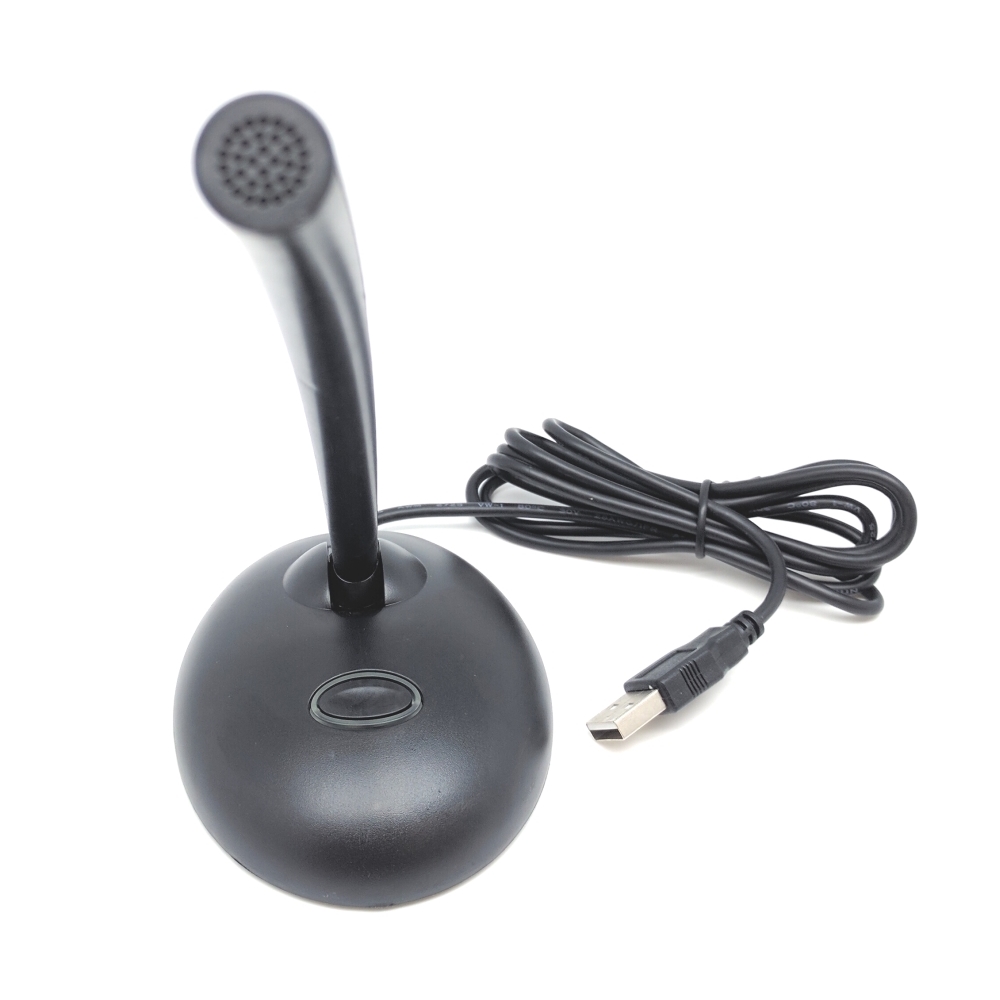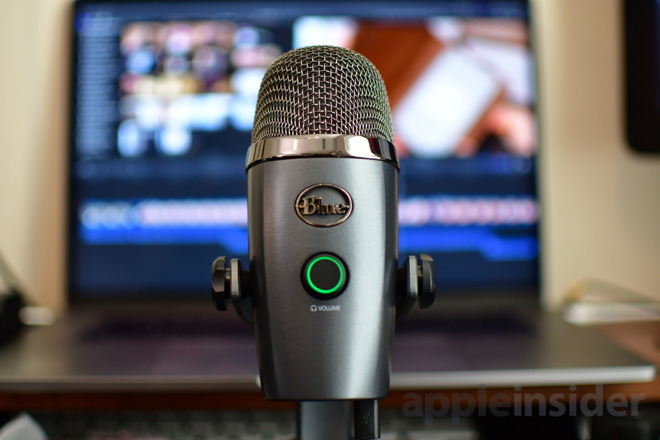How To Boost Usb Microphone
How to Raise the Mic Volume in Windows 10-8 Steps 1.Identifying the Sound (Speakers) Icon on the Taskbar. If you want to increase the volume of your microphone in windows 10, the first thing you should do is to go to the taskbar on your system and locate the speaker or sound icon. We're aimed towards sharing various microphone equipment and giving help &/ advice to individuals wanting to upgrade or get involved with microphones. If you are looking for buying advice of any kind please come to our Discord channel Here, or post in the weekly advice thread, otherwise your post will be deleted. Microphone boost free download - Microphone, Download Boost, Boost, and many more programs. Microphone boost free download - Microphone, Download Boost, Boost, and many more programs.

Mobo: ASRock 970 Extreme4Soundcard: ASUS Xonar Essence STXOperating System: Win7Headphones: Sennheiser 598 with Modmic attachmentNoise-I have seen other people with this problem, but I haven't really found any solution that worked for me. I figured I would personally try my hand here to see if I can resolve this audio issue that has been driving me a bit crazy.I am currently using the microphone boost feature all the way to 100, but doing so yields quite obnoxious noises which you should hear through the link provided at the top. Turning the mic boost off makes it near impossible for anyone to hear me unless they first turn down whatever it is they may be playing while also cranking their master volume up. I also have these older Turtle Beach Earforce X11's that also produce the same sounds. I originally thought it was due to said headset, that is until I heard it in my Sennheiser. My previous pc I got right here as well, a Dell Studio XPS 7100, also produced these sounds (I think anyway. I could be wrong since memory is a bit hazy).Did Microsoft really make a feature like mic boost in such a way that it is impossible to use without it producing such sounds?
I really like to believe that isn't the case and that I'm just really unlucky when it comes to audio. Any help would be greatly appreciated.EDIT: I should probably also say that the intensity of the noises produced varies depending on the positions of my mic cable. You could say that it's a faulty wire, but I doubt it since these sounds were heard from a different headset as well, and those were plugged into a different jack at the front of my pc at the time before I even had a sound card. Likely your microphone picking up on echo, either from your room walls and you speaking loudly or from your headphones if you have the volume cranked high and your microphone gain set extremely high. Some funky sounds can be generated, especially with some noise cancellation, anti feedback or 3d audio options enabled at the same time. It can sound like aliens trying to communicate with you from the mothership.-test mic with all speakers turned off, stereo mix turned off and in open area to see if that is the case.hardware based ground loop or emi generally is more of a constant buzz.
Likely your microphone picking up on echo, either from your room walls and you speaking loudly or from your headphones if you have the volume cranked high and your microphone gain set extremely high. Some funky sounds can be generated, especially with some noise cancellation, anti feedback or 3d audio options enabled at the same time.
It can sound like aliens trying to communicate with you from the mothership.-test mic with all speakers turned off, stereo mix turned off and in open area to see if that is the case.hardware based ground loop or emi generally is more of a constant buzz.I have read recently from a couple different places that the problem could potentially be that the pc isn't properly grounded, and that you should try a different wall outlet. I thought I would try that later to see if that helps.
Boost Mic Gain Windows 10
I will also give your suggestions a shot if that doesn't work. Also I wasn't talking at all during that sound clip, so I think I can scratch me talking too loudly off the list of possibilities.What do you mean by hardware based ground loop or emi btw? If its a ground loop.

You can get ground loop isolators for 3.5mm or just use a powered usb hub if its usb and it normally goes away. Given the strange sounds i'm thinking its not ground loop (which is normally a solid constant buzzing)by ground loop i was referring to 'not properly grounded' or 'multiple grounding points' which can cause issues. By emi i meant electromagnetic interference (cell phone, wifi, microwaves, some components inside your pc combined with unshielded cables. Well so far I tried three different things. First I used an extension cord and plugged my pc into a different outlet in the house, but that didn't make the sounds go away.
How To Boost Usb Microphone Sound
I later plugged my psu directly into an outlet instead of a power strip, but same results or lack thereof. I just now tested my mic on my dad's pc downstairs, however, and the quality is crystal clear.
Absolutely no crackling, popping, or buzzing to be heard. That makes me think it is my pc that is the problem. I just don't know what.I am relatively confidentish that it is an emi problem.
I will probably rearrange the order of my gpu and my soundcard and see if that solves the problem. If not, I'll try also adding an emi shield. If that doesn't work either, I'll have to keep looking.
How to Use a USB Microphone with iOSWhen it comes to choosing an external microphone for your iOS device, you have two options.You can either use a plug-n-play iOS compatible microphone that directly plugs into your iPad or iPhone with a. One end goes into the USB microphone while the other into the lightning connector port. The recently launched and are some of the best iOS condenser microphones in the market. They ship will all the necessary lightning and USB cables and require no batteries or external powered USB hubs.Alternatively, if you already have a good-quality USB microphone that you are using with your computer – like the Samson or the Blue Yeti – the good news is that you can save some money and connect your existing desktop mic to your iPad or iPhone with the help of few cables and accessories –.To get started, you would need a (look for the power adapter symbol in the description, also go for USB 3.0) and the (remember, it’s the adapter and not the cable). Now connect the iPhone /iPad to the USB microphone through the USB hub as shown in the illustration above. Plug one end of the Apple Lightning to USB adapter into the Lightning port of your iPhone or iPad and connect the other end to the powered USB hub through the supplied USB Type B cable. Use the power adapter cord to connect the hub to the electrical outlet.

Connect the external USB microphone to one of the available ports on the hub using the same USB cable that you were previously using to connect the mic to the desktop computer.That’s it. You can open any app – Garageband or iMovie for example – and try recording your voice using the external mic. Tap the microphone head and if you notice a spike in the waveform, the connections are working properly.